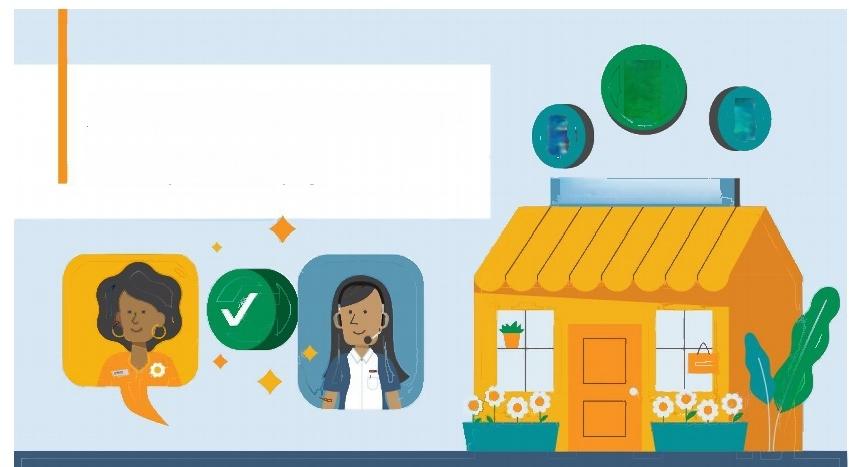In today's complex and changeable economic environment, insurance, as a risk transfer tool, has long been deeply rooted in people's hearts. However, in addition to the familiar commercial insurance, there is an ancient and dynamic form of insurance-mutual insurance. It has injected a different kind of vitality into the insurance market with its unique operating mode and concept.

Mutual insurance is a form of insurance in which units or individuals with the same risk protection needs voluntarily unite, become members through concluding contracts, and jointly pay premiums to form a mutual fund, and the fund will bear the liability for compensation in the event of an agreed accident. The core of this model lies in "sharing benefits and risks", and the insured is both the buyer of insurance and the owner of the insurance company.
On a global scale, mutual insurance has a long history and wide application. As early as the 17th century, mutual insurance organizations with the purpose of fire insurance appeared in Britain. In the United States, farmers often form a "mutual insurance association" to bear the risk of harvest loss, which has become one of the most important agricultural insurance in rural areas of the United States. Nowadays, mutual insurance plays an important role in the global insurance market, and its premium income accounts for 27.1% of the total global insurance market, covering 920 million people.
The uniqueness of mutual insurance lies in its membership governance structure. Members are both policyholders and owners of insurance companies, enjoying the equal rights of "one person, one vote" and being able to participate in the decision-making management of the company. This model makes the interests of members closely linked with the operation of insurance companies, effectively avoiding the possible conflicts of interests between insurers and insured in traditional commercial insurance. For example, State Farm Insurance Company in the United States is a typical mutual insurance company, which forms a risk pool through the joint contribution of its members to pay the claims of its members, so as to ensure that no member will face an excessive economic burden due to accidents.

In addition, the profit model of mutual insurance is different from that of traditional insurance companies. Since there are no external shareholders, the profits of mutual insurance companies will not be distributed to investors, but will be returned to members through dividends or reduced premiums. This model not only reduces the insurance cost of members, but also enhances the loyalty of members to insurance companies.
In some specific fields, the advantages of mutual insurance are particularly obvious. For example, in high-risk industries such as agriculture and fisheries, as well as the risk protection of low-and middle-income people, mutual insurance can provide security services that better meet the needs. In countries such as Malaysia and Saudi Arabia, Takaful insurance (a form of mutual insurance based on Islamic law) provides local residents with insurance options that conform to their religious beliefs, and also attracts customers with different beliefs.

Mutual insurance is not only an economic activity, but also a social concept based on mutual assistance. Through close cooperation among members, it spreads risks to a wider group and provides a solid guarantee for every member. In the global insurance market, mutual insurance provides new ideas and directions for the development of the insurance industry with its unique charm and advantages.




